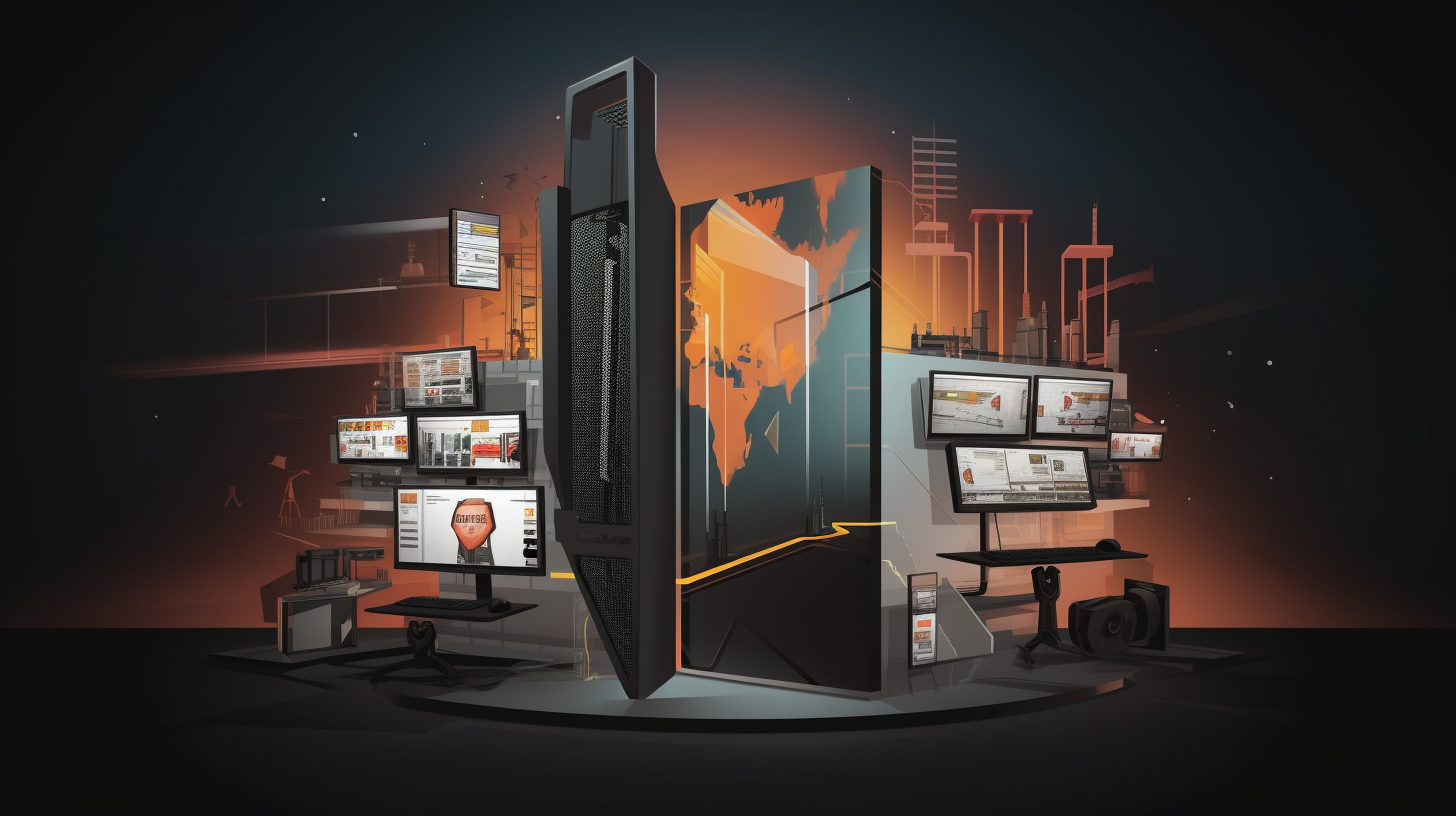Ace the CompTIA A+ Core 2 (220-1102) Exam: An Ultimate Guide to Configuring a Workstation for Maximum Security

Well, butter my biscuit, isn't it a great day to delve into the snazzy world of IT security? Yep, you heard me right! We're going to dig deep into the crevices of A+ CompTIA Core 2 (220-1102) - a subject that's as riveting as it is essential. So buckle up, buttercup, because our enlightening journey is about to begin, which aims to configure a workstation for optimal security.
Setting the Stage
Now, we're going to kick off by setting our stage. The name 'workstation' itself declares it as a workhorse. This touch-piece of technology - where personal and professional files, applications, and data traffic intersect - is frequently a favored target for nefarious online culprits. It's a wild, wild cyber West out there, folks, and workstations are the bounty. Therefore, attaining the 220-1102 certificate requires you to know how to fortify these workhorses, making them as impenetrable as the Great Wall of China against online threats of all sizes and shapes.
Cracking the Code
So, how does one go about cracking this security code? Oh, believe me, it’s no piece of cake. For sure, no wizardry here, just good old knowledge, practice, and patience. But relax, I'm here to support you! We're now going to dive deep and figure out how to navigate through it all. First, and foremost, we'll need to lay the bricks of our security fortress. That means implementing security protocols, like firewalls, antivirus software, and encryption systems.
Use firewalls as your bouncer, stopping unwanted guests from crashing your cyber party. Introduce antivirus software as the ever-watchful sentinel, always on the lookout for any lurking viruses or trojan horses. And finally, enlist robust encryption to protect your data like a mother hen sheltering her chicks underneath her wings.
Strength in Layers
Just like a jawbreaker candy, there is strength in layers. The layered approach to security, aptly known as defense in depth, capitalizes on this very nugget of wisdom. We're not dealing with just one elephant in the room, but a whole herd of defenses. When a security breach occurs, the next layer jumps to duty if one layer fails. The beauty of this approach lies in the absence of any single point of failure. This includes physical security, network security, and most importantly, educating users.
Access Control: The Doorman of Our Security Mansion
Access control is akin to the doorman of your lovingly crafted security mansion. The whole point is to decide who can get into your system, the timing of their entry, and their actions once inside. Now, I can hear you question, 'But how do we implement it?' Hold your horses, we're getting there! The answer lies in password policies, authentication processes, and user rights management.
A strong password policy can be the Achilles' heel of a cyber-Wreck it Ralph. Mix it up with multi-factor authentication--it's like adding a deadbolt, chain, and lock to your front door. Meanwhile, managing user rights can give users the access they need without handing them the keys to the kingdom.
Regular Updates: The Unsung Hero of Security
Regular updates, much like a hidden superhero, are often the unsung heroes of security. Updates are like the health check-ups of your system. An un-updated system could have vulnerabilities lying dormant, ready to spring into action the moment an attacker stumbles upon them. So don't forget to update, folks!
Incident Response: The First Aid Kit of Cyber Security
Lastly, we have incident response - the first aid kit, if you will, of cyber security. Sometimes, despite your best defenses, breaches can occur. It's in these critical moments that knowing how to respond can mean the difference between a minor hiccup and a full-blown catastrophe. Practice and master the six key stages: preparation, identification, containment, eradication, recovery, and learning from the incident.
Whew, that's quite the trek we've made, ain't it? However, mastering these elements will set you on the path to acing the CompTIA A+ Core 2 (220-1102) exam. Just remember, this ain't a sprint, but a marathon. So take your time, understand the concepts, and practice. Before you know it, you'll be the security whizz this cyber world desperately needs! Good luck, future cyber warriors, and always remember - knowledge is power.